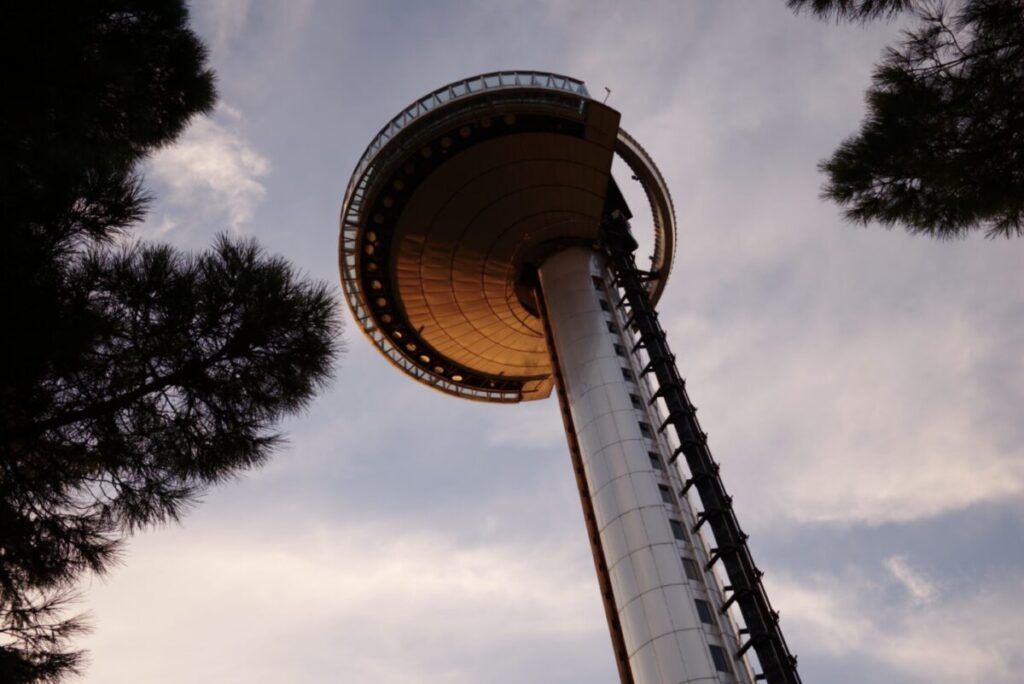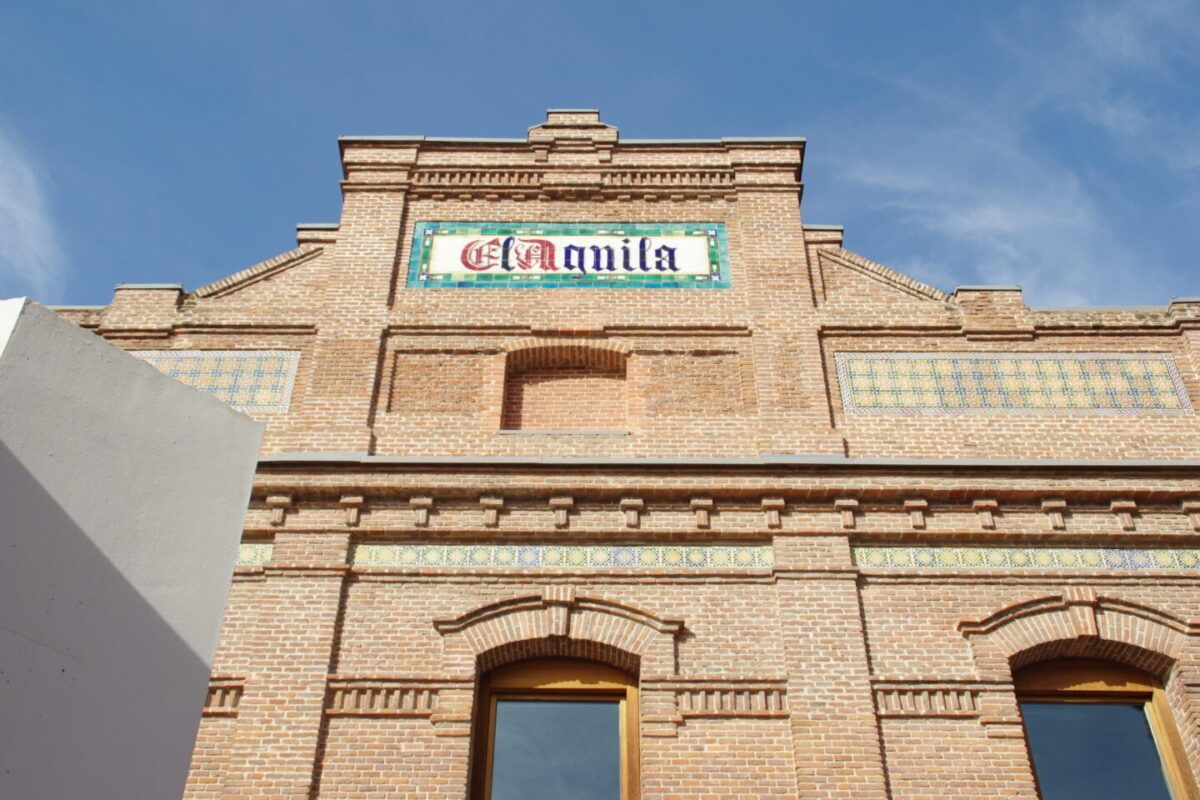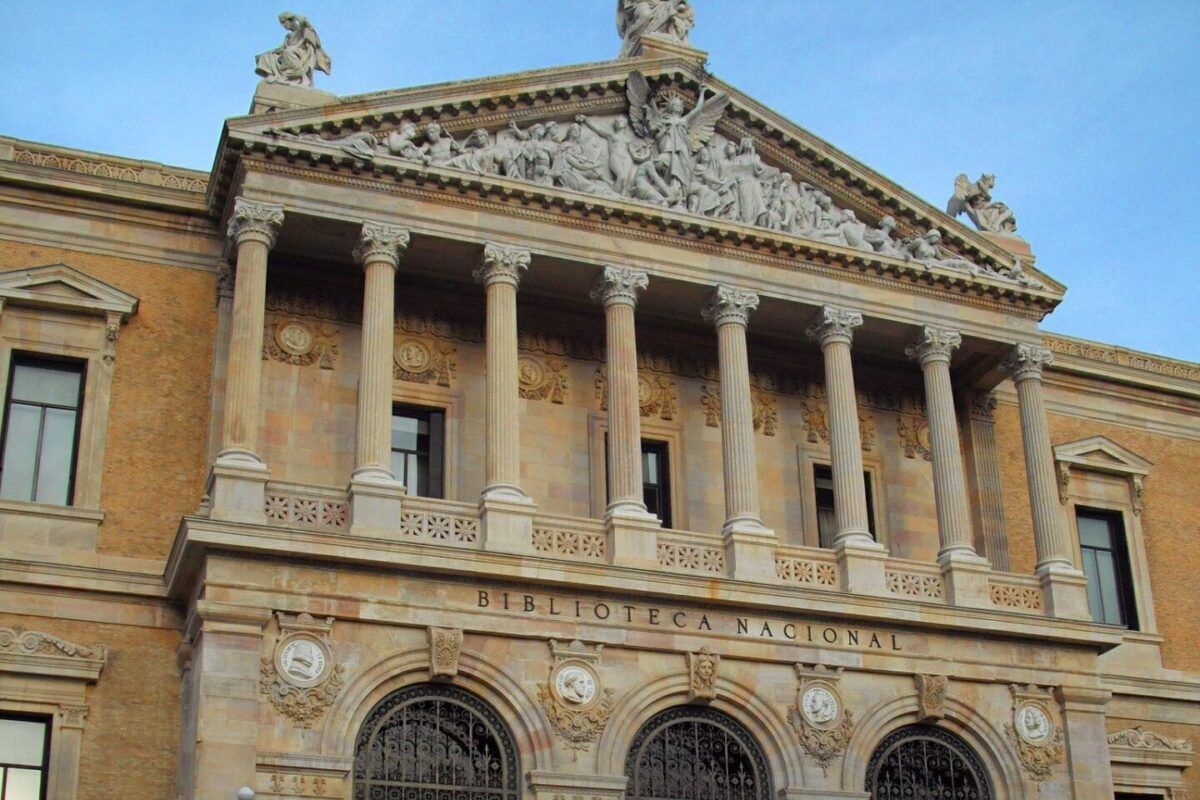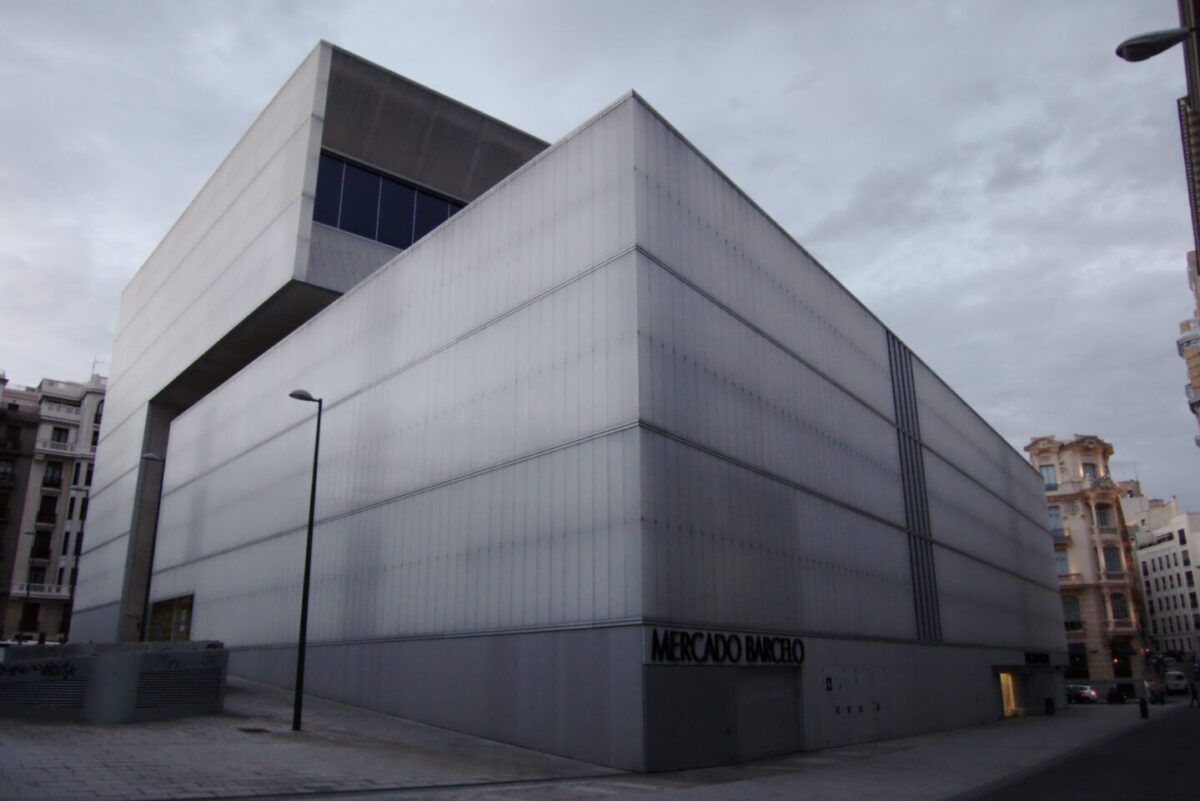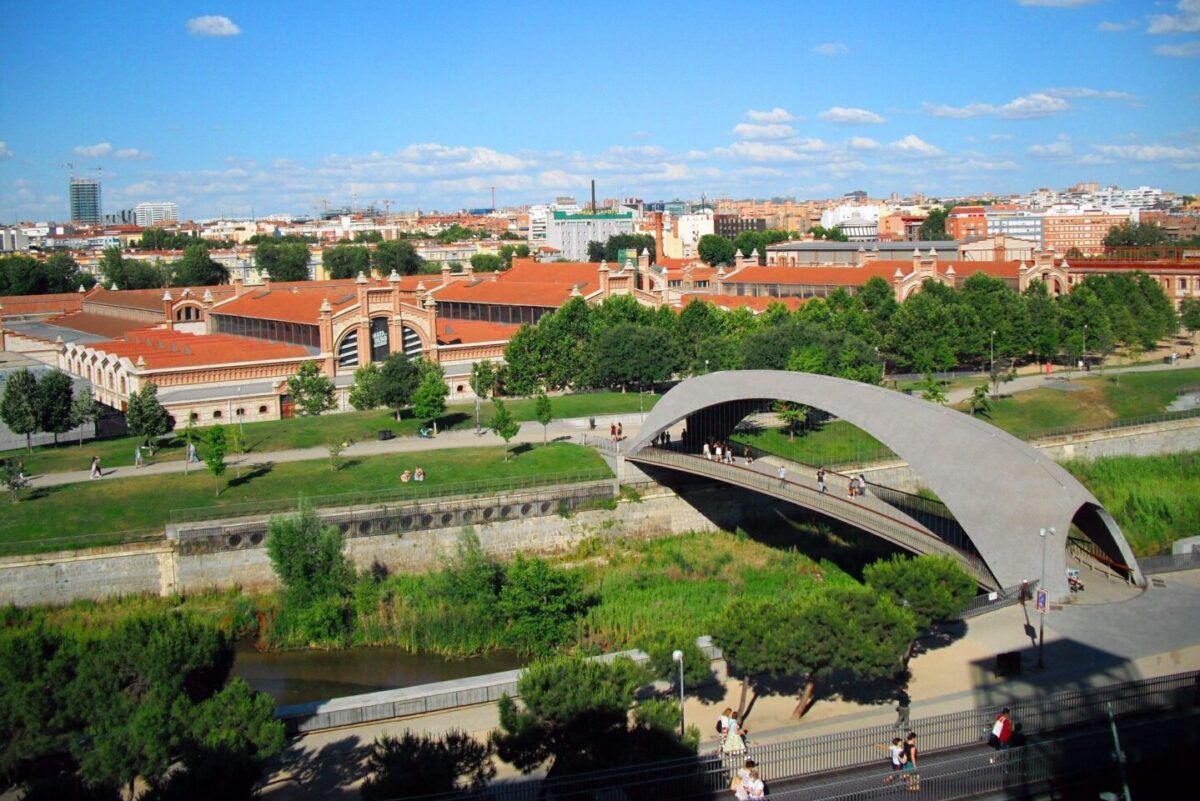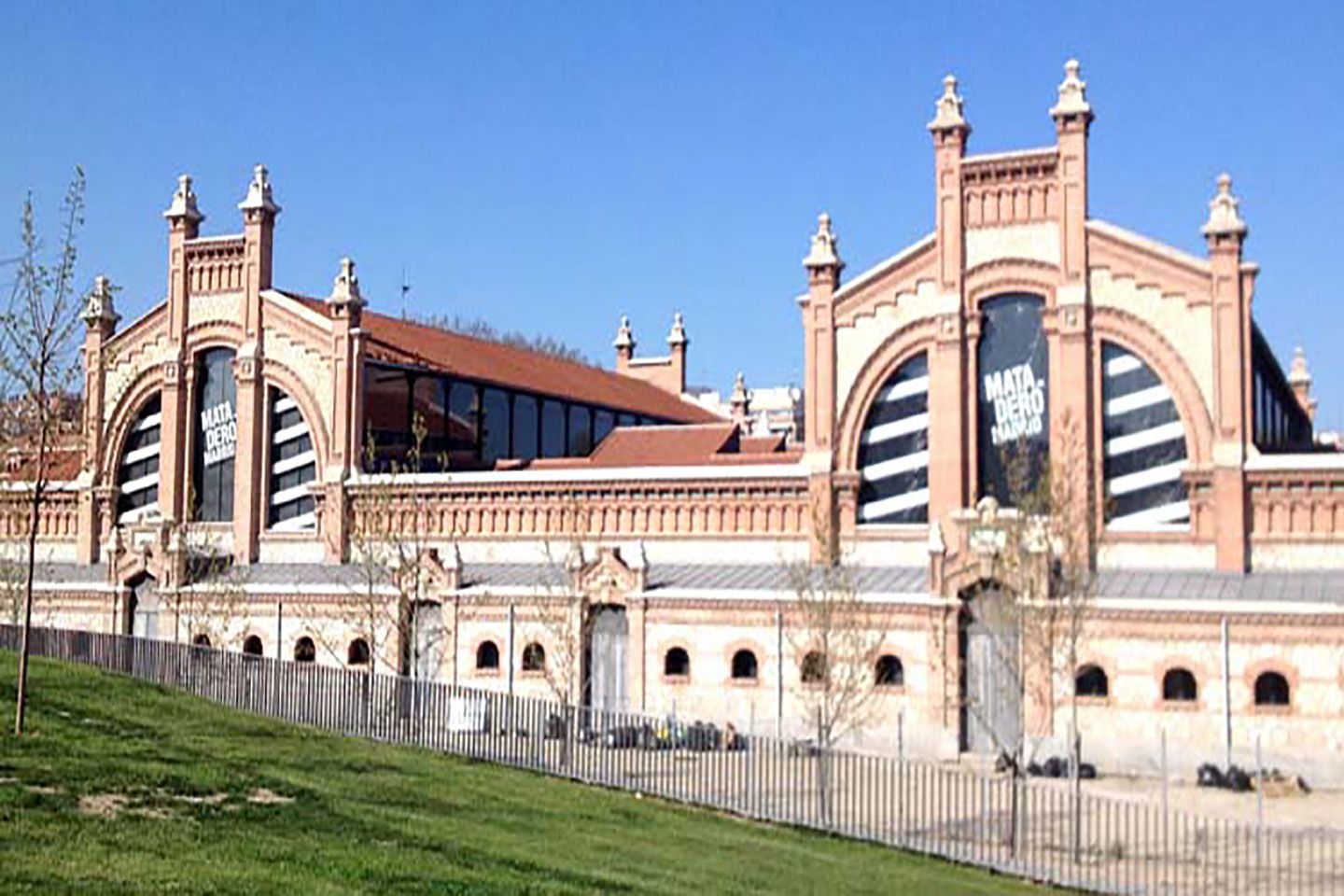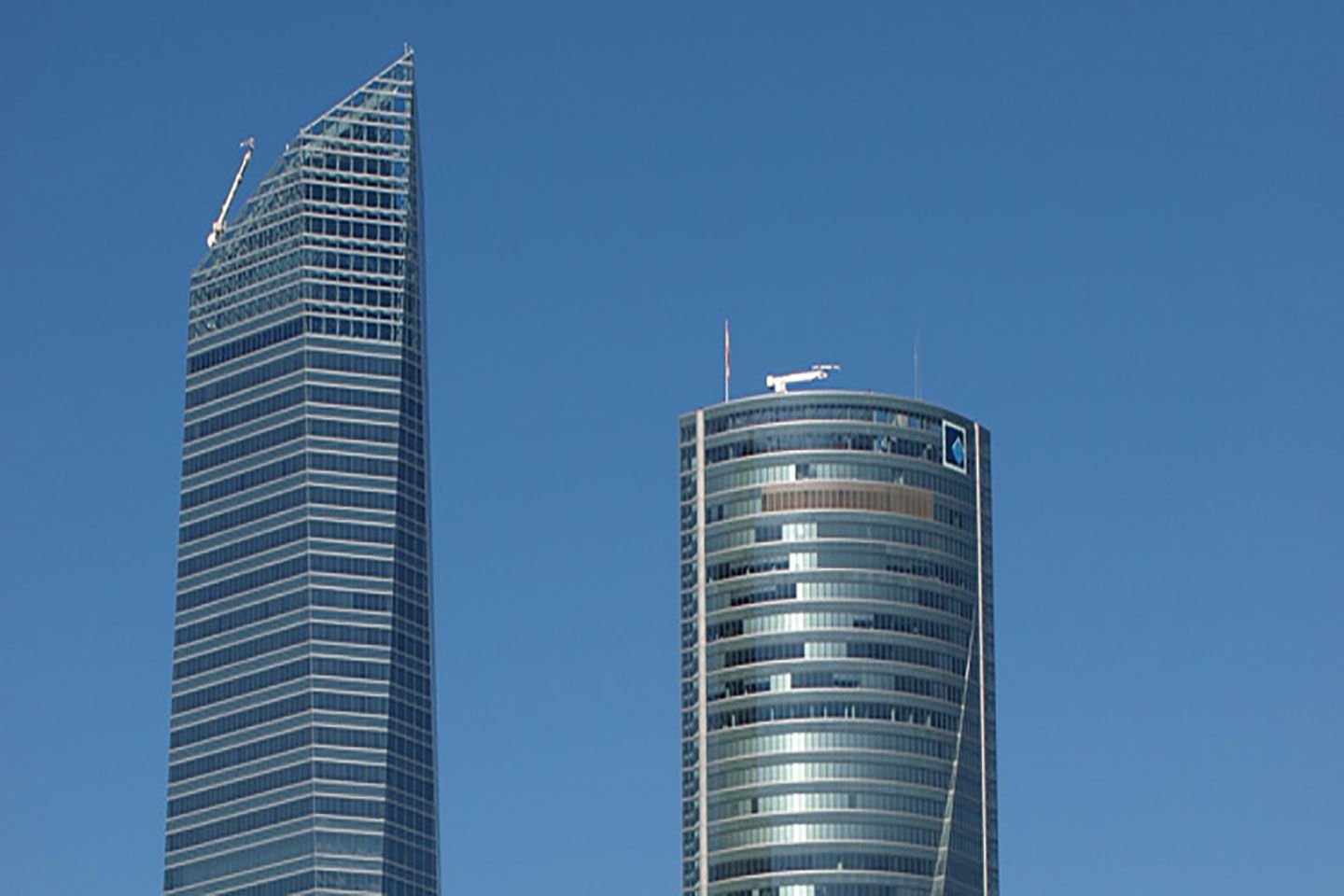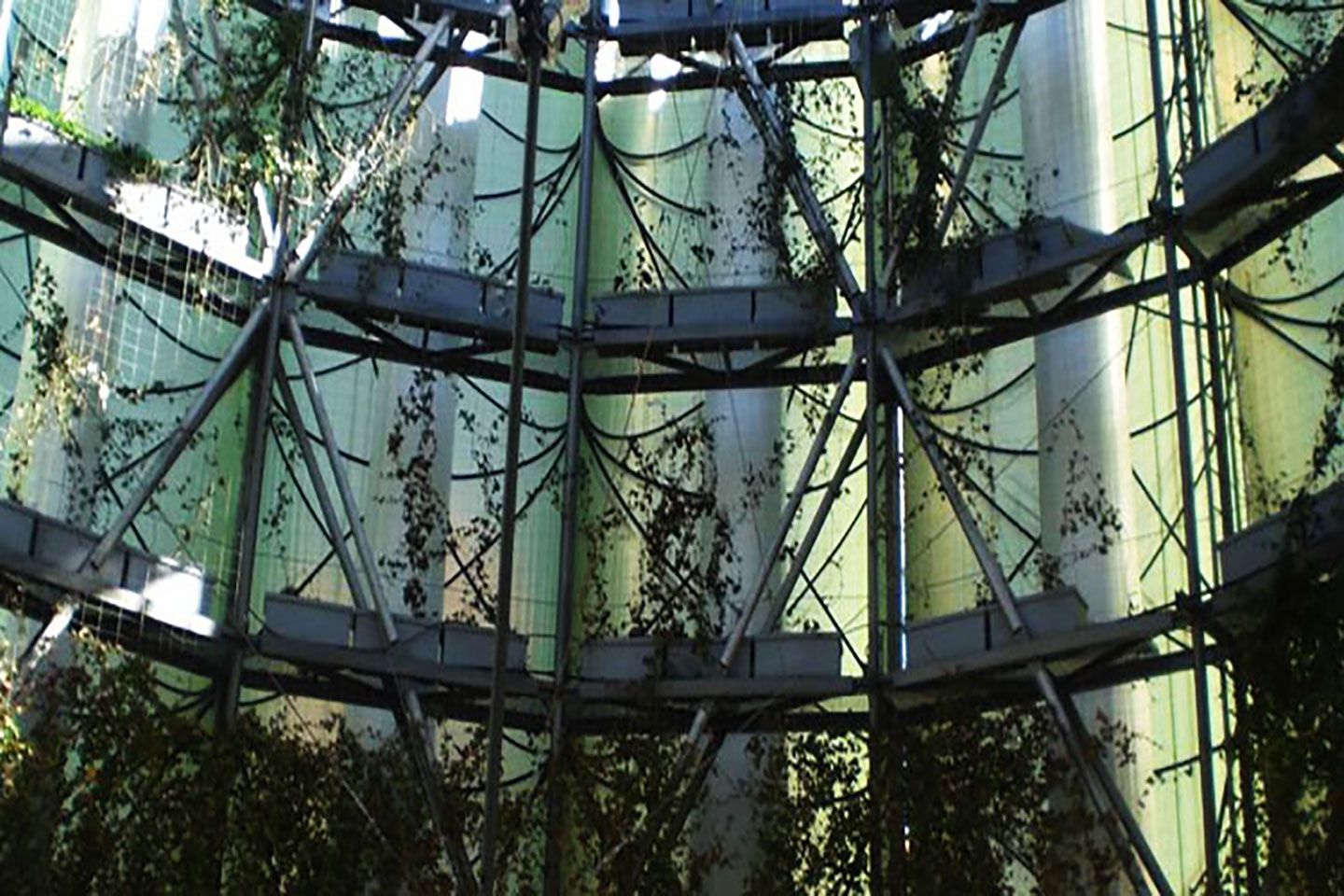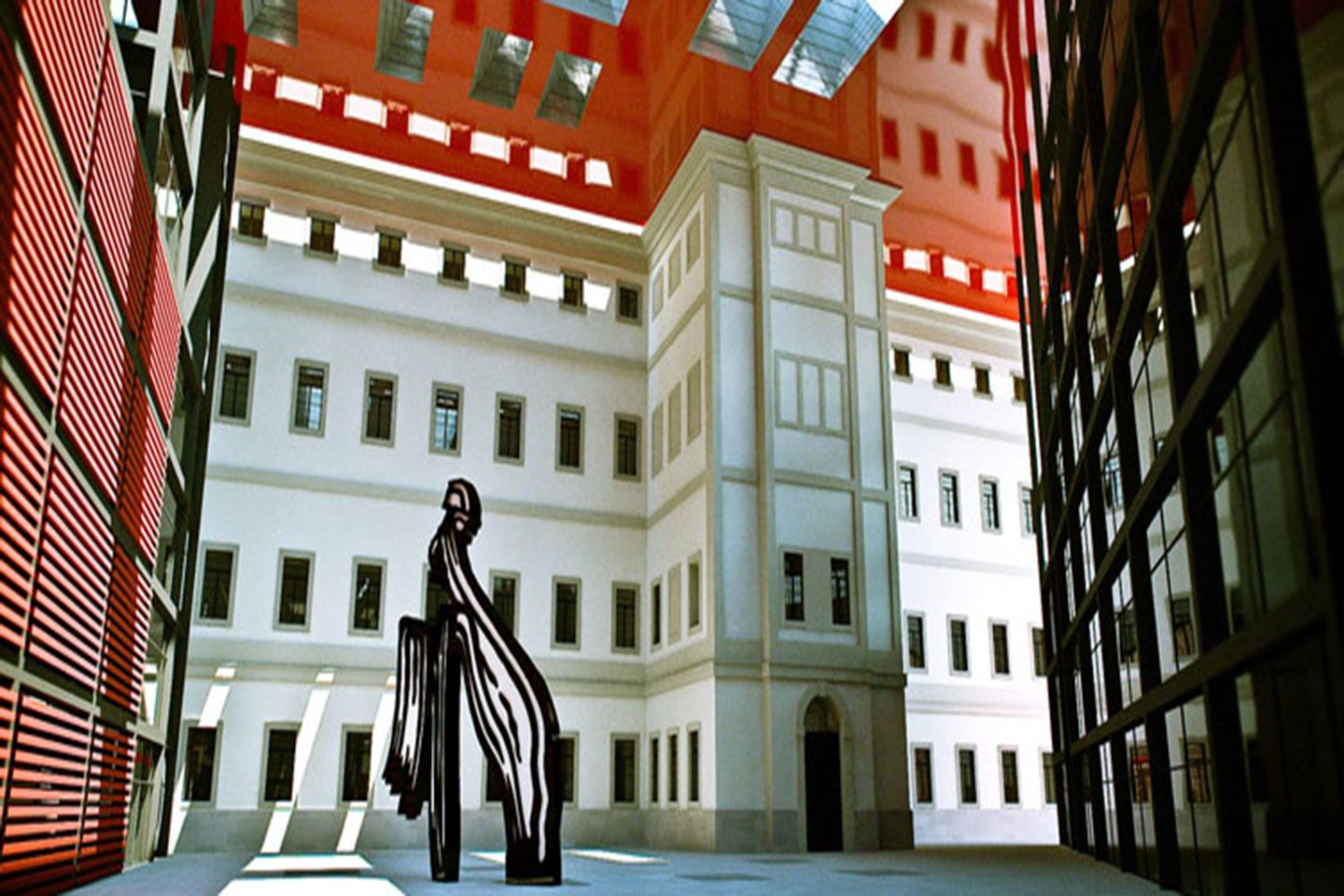Project Description
MADRID – GARDENS AND LANDSCAPE
Languages available: EN SPA FR
Customizable tour: Yes
Recommended group size per guide: 25
Duration: 4-8 hours
DESCRIPTION – Madrid: Gardens and Landscape
This itinerary will take us through a continuity of viewpoints, gardens and green spaces within the city and its relationship with it, with the inclusion of viewpoints to contemplate the city from different points of view.
We will start in Madrid Rio Park, the result of the project that was born in 2005. It has 30 km. of bike paths and several areas and tracks to practice different sports. It highlights the Monumental Bridge Parque de Arganzuela, designed by French architect Dominique Perrault (2011).
Nearby we find the Glass Palace Greenhouse of Arganzuela (Invernadero del Palacio de Cristal de Arganzuela). It is located in the old slaughterhouse of the district (Luis Bellido y González, 1908-1928). It was rehabilitated in 1992 for use as a greenhouse following the iron architecture seen in European cities such as London or Vienna.
We will move to the Royal Botanical Garden (Real Jardín Botánico), founded in 1755 by order of Ferdinand VI and since 1939 is a Research Center of CSIC, Consejo Superior de Investigaciones Científicas.
Then we will walk along the Paseo del Prado. Along its route we find some of the most important museums and cultural spaces of the city such as the Prado Museum, the Thyssen Bornemisza National Museum, the CaixaForum Madrid, etc. It was recognized as a UNESCO World Heritage Cultural Landscape since 2021, along with the Retiro Park (1868). The most important park in Madrid has 125 hectares and more than 15,000 trees. There are several areas of interest such as the pond, the Crystal Palace, its gardens, statues and sculptures, etc.
After this walk through the park we will see the city from above by going up to the Mirador del Palacio de Cibeles or to the rooftop of the Círculo de Bellas Artes, both very well located and with spectacular views of the city.
The tour can be extended up to 8 hours adding more visits:
The Vistillas Garden, of 1.74 hectares, was designed in the 1930s and 1940s by the architects Fernando García Mercadal and Manuel Herrero Palacios. It is so named for its splendid views of the Casa de Campo and the banks of the Manzanares.
Behind the Royal Palace we find the Campo del Moro, a garden of more than 20 hectares created by Philip II. Its name comes from the attempted reconquest of Madrid by Ali Ben Yusuf in 1109, who camped his army in these lands.
Nearby we find the Temple of Debod with its viewpoint. The Egyptian temple dates from the second century B.C. and was inaugurated in 1972. C. and was inaugurated in 1972. It was a gift from Egypt to Spain for its help in the recovery of the temples of Nubia.
The Parque del Oeste, with an area of almost 100 hectares, was commissioned by the Mayor of Madrid, Mr. Alberto Aguilera, in 1906, and was the work of Celedonio Rodrigáñez, agronomist engineer and director of Gardens and Plantations of the City Council.
The Faro de la Moncloa Lighthouse (Arq. Salvador Pérez Arroyo) is a lighting tower that was built between 1990 and 1992 and is 110 meters high. Spectacular views of the city can be enjoyed from its viewpoint located 92 meters high.
On the other side of the Manzanares we see the Casa de Campo, the largest park in Madrid with 1535.52 hectares of natural space. It was originally a place for hunting and recreation of the Monarchy since Philip II obtained the estate in 1562. In this space we also find the Mirador de la Huerta de la Partida whose origins date back to the sixteenth century when this garden supplied vegetables to the Vargas family (influential family of the city).




